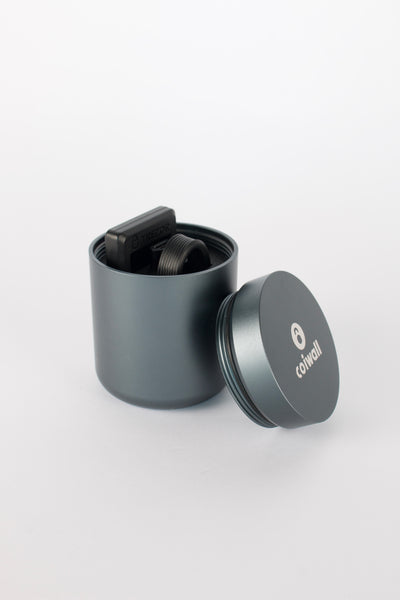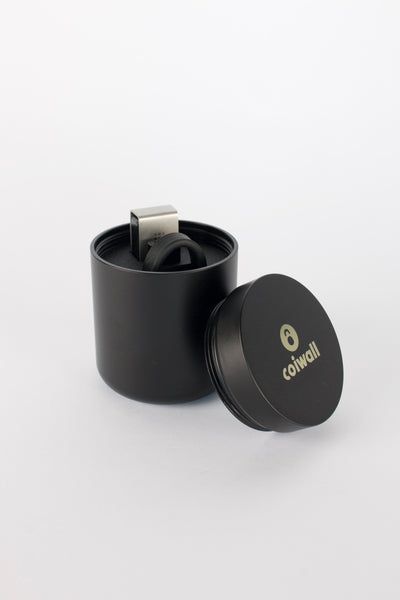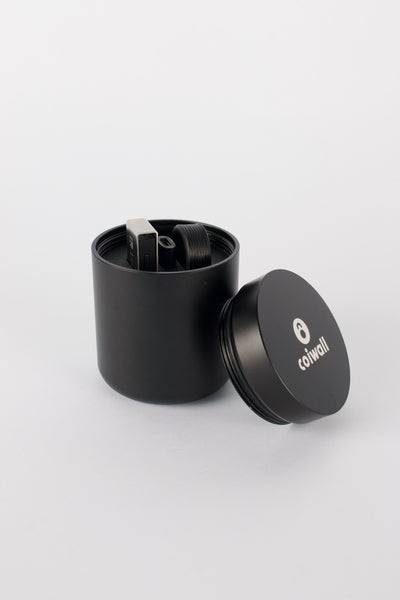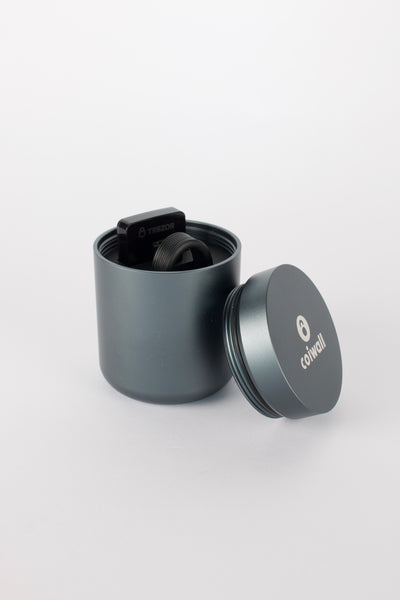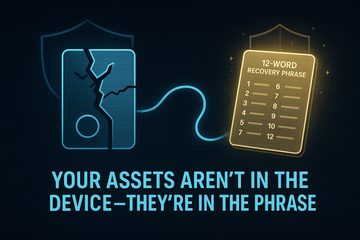Breathe, Then Assess: Is All Really Lost When Your Hardware Wallet Breaks?
If you’re reading this with a busted Trezor or a bricked Ledger on your desk, your heart’s probably racing. But let’s be clear: your crypto isn’t trapped inside that damaged plastic shell. Surprised? That’s a common mix-up. See, your hardware wallet was never actually storing your coins; it was storing (or really, safeguarding) the magic keys to them. So, what actually happens when your hardware wallet goes on the fritz or bites the dust? Let’s break down the steps, the sighs of relief, and the possible headaches—together.
Let’s Talk About Wallet Failures: Not All Breaks Are Equal
You know how dropping your phone can mean anything from a tiny nick to a totally unresponsive brick? Hardware wallets are like that; sometimes the screen cracks but everything functions, sometimes you get mysterious error messages, and other times you’ve got a total non-starter—no light, no beep, nothing. Here are the main culprits:
- Physical damage: Dropping your wallet, water mishaps, your toddler’s bite marks—yep, these happen! Internal components or the screen can break (source).
- Screen/battery failure: Maybe the display just fizzles out or the battery’s shot (if yours even has one).
- Firmware/software glitches: Sometimes firmware updates go sideways, or a bug sneaks through. Usually these aren’t fatal, but they can be a pain to fix (source).
But here’s the thing— none of these mean your coins have evaporated. What really matters is what you did before disaster struck. If you’re still with me, let’s talk secrets (well, secret phrases).
The Almighty Recovery Phrase: Your Rescue Rope
Imagine you buy an expensive suitcase and it goes missing at the airport. You don’t lose your clothes—if you kept the claim ticket. Your hardware wallet works the same way. The only thing standing between you and your wallet’s contents is a series of words you hopefully copied when you first fired it up: your recovery phrase, sometimes called a seed phrase or Secret Recovery Phrase (SRP).
This 12- to 24-word phrase is the actual key. The wallet just helps you use it securely, nothing more. Ledger, Trezor, and every sensible brand makes you write it down the first day (Ledger support). Lose it, and… well, let’s not go there just yet.
- If your device breaks, but you have your recovery phrase, you’re golden. Get a replacement wallet (same brand or something else), set it up as a new device, and when it asks, just punch in your words—voilà, your assets reappear, safe and sound.
- No phrase, no access: If you never wrote down that recovery phrase or lost it during your last spring cleaning, things get dicey. The security that keeps hackers out also keeps you out. Yikes.
- Firmware issues? Sometimes glitches are recoverable with an update or factory reset, but don’t try anything until you’re sure your recovery phrase is safe.
Worried About Lost PINs, Lockouts, and User Error?
Here’s a scenario that causes panic: you forget your PIN after months of not logging in. Most wallets give you a handful of guesses before wiping themselves clean—security over convenience, always. But as long as you still have your recovery phrase, you can set up a new device and start fresh (Coinplate).
Honestly, the PIN is just a gatekeeper for your physical wallet. The recovery phrase unlocks everything. Misplaced your device, but got the phrase? You’re fine. Lost both? Big problem. Double-check your hiding spot, just in case!
What’s the Actual Recovery Process? Not So Scary
Let me walk you through it:
- Get a new device or a reputable software wallet (MetaMask, Electrum, Exodus, etc. — just make sure it’s one you trust and it supports your coins).
- During setup, select ‘recover wallet’ or ‘restore from seed’ (the wording might vary—don’t stress).
- Type in your exact recovery words, in order. No mistakes; one word off, and your assets might as well be on Mars.
- Wait a few seconds. Everything—balances, history, addresses—should reappear.
Seasoned pros will tell you: test this process when you first get your device, so you’re not sweating bullets later.
Keep That Secret Safe: Tips for the Paranoid (Or Just Careful)
Your recovery phrase isn’t just a backup—it’s the only way home. Bad things can happen if it’s out in the open. How should you store it?
- Write it down on paper (no screenshots, please), store it somewhere secure, like a safe.
- For the extra cautious, engrave it on a metal plate; fire- and water-proof, and safer than you’d think.
- Some use “Shamir’s Secret Sharing,” divvying the phrase into parts and hiding them in separate places (Cypherock).
- Don’t ever, ever share your phrase—not with support, not with ‘friends,’ not with anyone. If someone gets it, they own your coins.
When Hardware Fails but Your Planning Doesn’t
Here’s the punchline: hardware wallets break. That’s inconvenient—sometimes downright annoying, especially if you’re staring at a fancy (and expensive) Ledger Nano X that now looks like a paperweight. But the system isn’t built on the device; it’s built on your ability to use your recovery phrase thoughtfully.
Think of your hardware wallet as a digital chastity belt. Once you have the key (your phrase), you can always get to what matters most. Whether you’re eyeing the next run on Bitcoin or just hoarding a little ETH for the future, staying calm—and organized—means a busted device is just a temporary hiccup.
Last Bit: Learn from the Stories
Plenty of folks have freaked out over a broken hardware wallet, only to find themselves right back in business with a new device and a well-kept recovery phrase. Sure, it’s a little nerve-wracking. That’s kind of the point—security and comfort rarely go hand in hand in crypto.
So next time you see someone cringe over a hardware wallet that just died, go ahead—ask them where their recovery phrase is. You’ll know if they’re doing crypto right.

